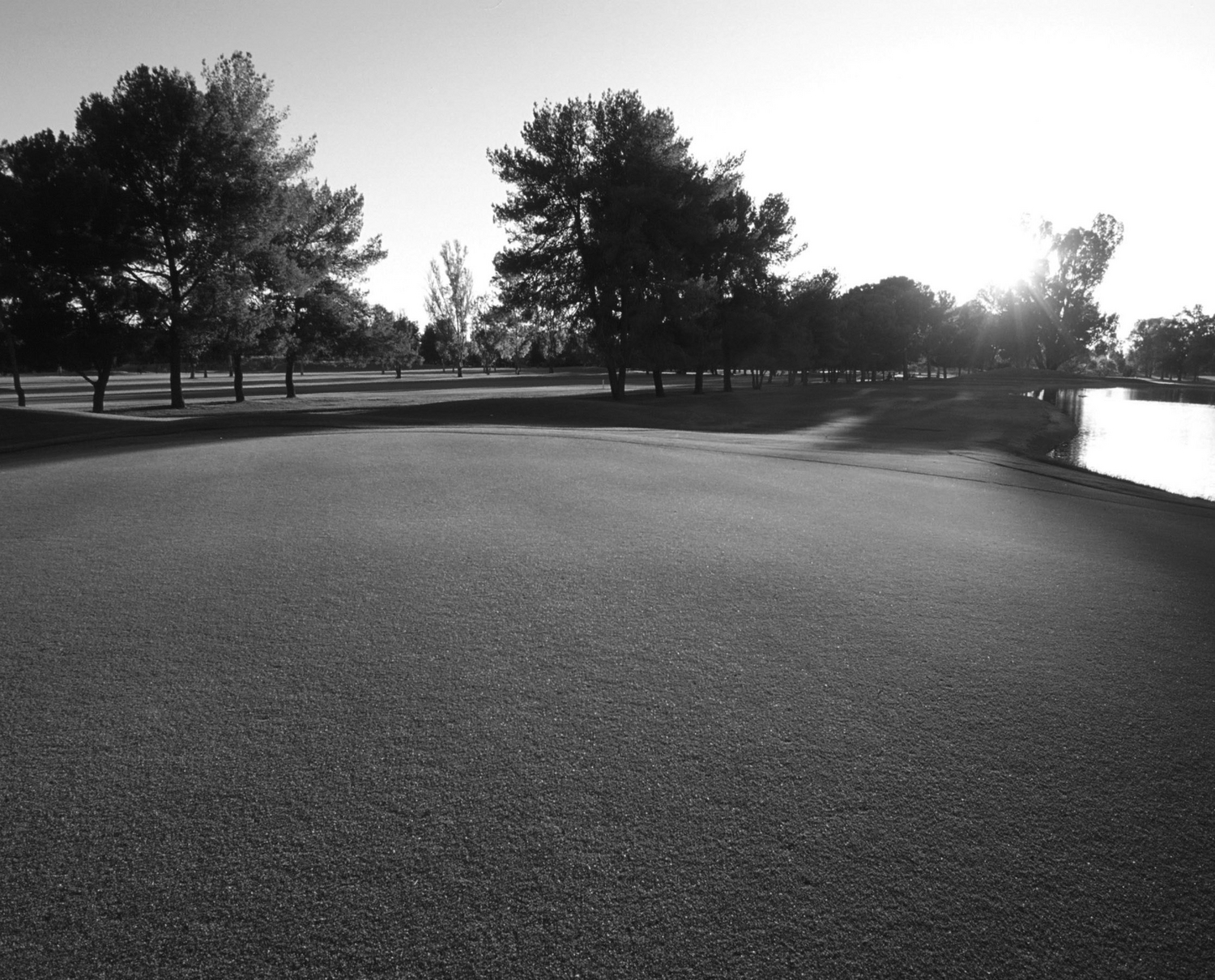
Backpack Sprayer Modification and Calibration
Weed Management: Pacific Northwest Pest Management Handbooks
Insects: Pacific Northwest Pest Management Handbooks
Softball and Baseball Field Maintenance
Managing Microdochium Patch in Pacific Northwest Turfgrass
Irrigation Rates and Frequencies for Western and Eastern Oregon Turfgrass
Effects of Integrated Pest Management on Turf Weeds
Integrated Pest Management: Turfgrass Maintenance
Integrated Pest Management: Turfgrass Establishment
Integrated Pest Management: Weed Control with Herbicides
Construction of Sand-based, Natural Grass Athletic Fields (pnw675)
Best Management Practices for Maintaining Sand-based Natural Grass Athletic Fields (pnw676)
Utilizing Soil Tests in Nutrient Management for Sports Fields
Developing an Integrated Pest Management Plan for Sports Fields
High soil carbon sequestration rates persist several decades in turfgrass systems: a meta-analysis
Carbon Sequestration in Turfgrass–Soil Systems
Optimizing Irrigation Rates and Frequency for Perennial Ryegrass in Western Oregon
Water requirements influenced by turfgrass species and mowing height in western Oregon
Advancing Use of Key Integrated Pest Management Practices in Schools
A Life-Cycle Cost Analysis of Synthetic Infill and Natural Grass Systems
Biophysical Effects and Ground Force of the Baldree Traffic Simulator.
Professional and Continuing Education Turfgrass Management Program
Whether you work for a lawn care company, manage an athletic field, landscape at a city park, work at a golf course or just want the best lawn on your block, our turfgrass management program can help you succeed. This program is also great for anyone interested in a profession that deals with lawn care. If you work for a hardware or lawn care store and field customer questions or consult with landscape architects, this course will give you the language, knowledge and skills needed to succeed.
List of Courses


 If you are having consistent problems with fairy ring and are willing to allow plots to be set up and different fungicide treatments applied, please call Brian McDonald at 541 231-1149. The ideal site would be about 2,000 square feet with uniform fairy ring symptoms throughout. The area could be a golf course fairway, rou
If you are having consistent problems with fairy ring and are willing to allow plots to be set up and different fungicide treatments applied, please call Brian McDonald at 541 231-1149. The ideal site would be about 2,000 square feet with uniform fairy ring symptoms throughout. The area could be a golf course fairway, rou